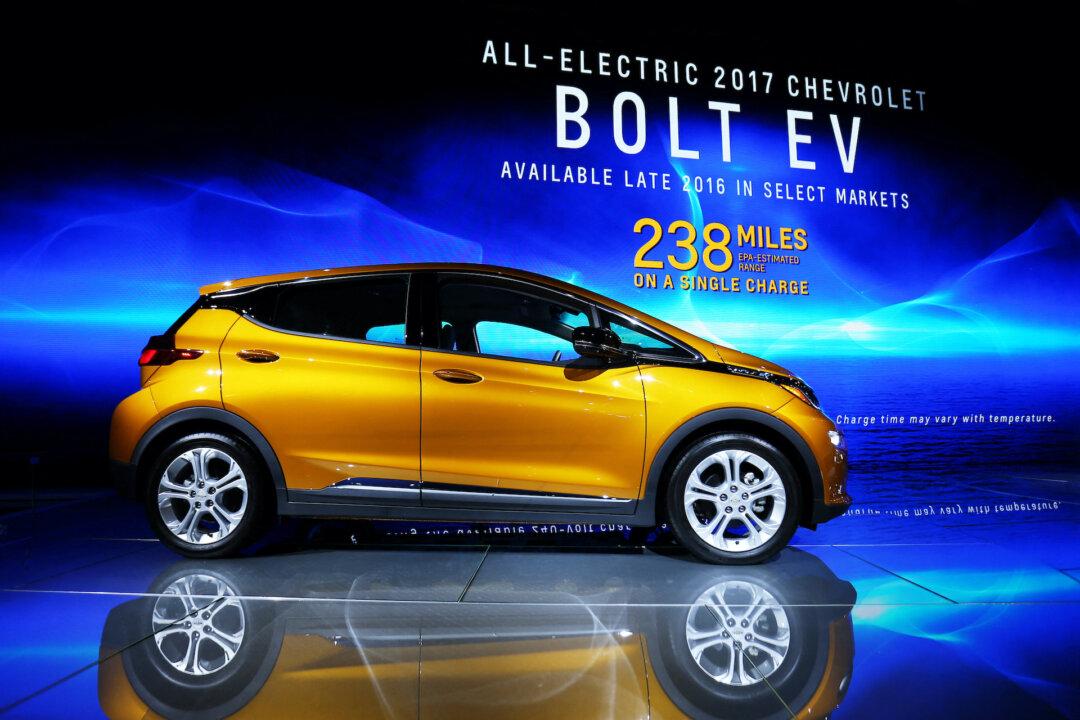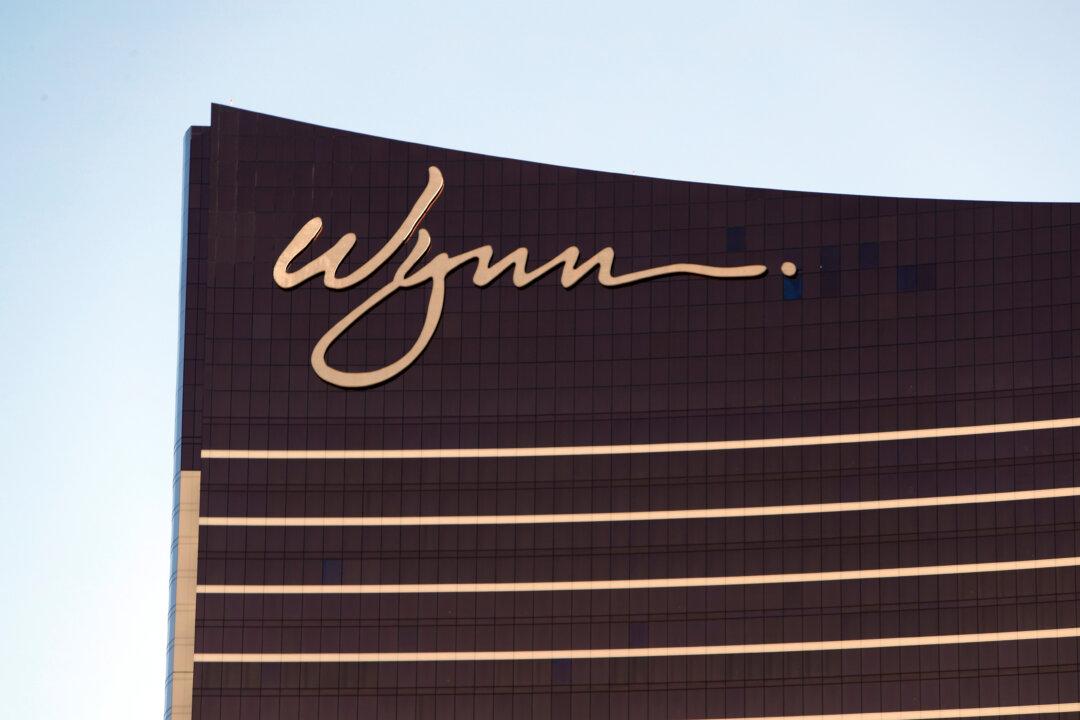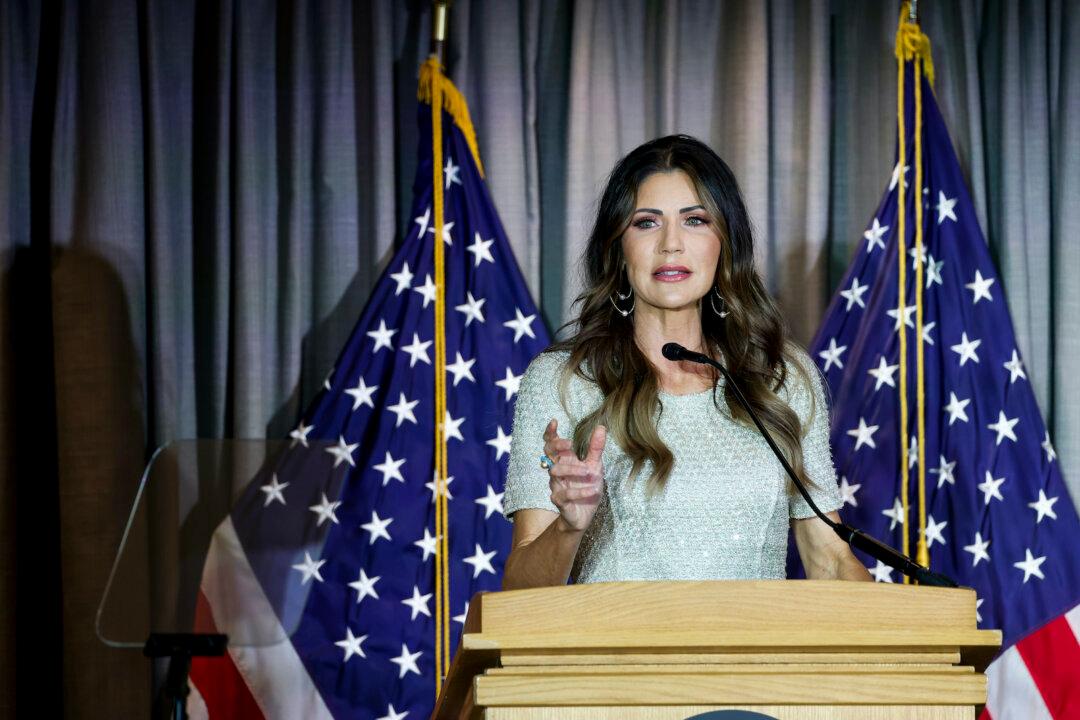California has surpassed its goal of selling 1.5 million electric vehicles (EVs), long before its predicted 2025 year mark, according to a report from nonprofit organization Veloz.
David Hochschild, chair of the California Energy Commission (CEC) and Veloz public policy board, says this milestone is accelerating electric transportation to spread across the state and the United States.





